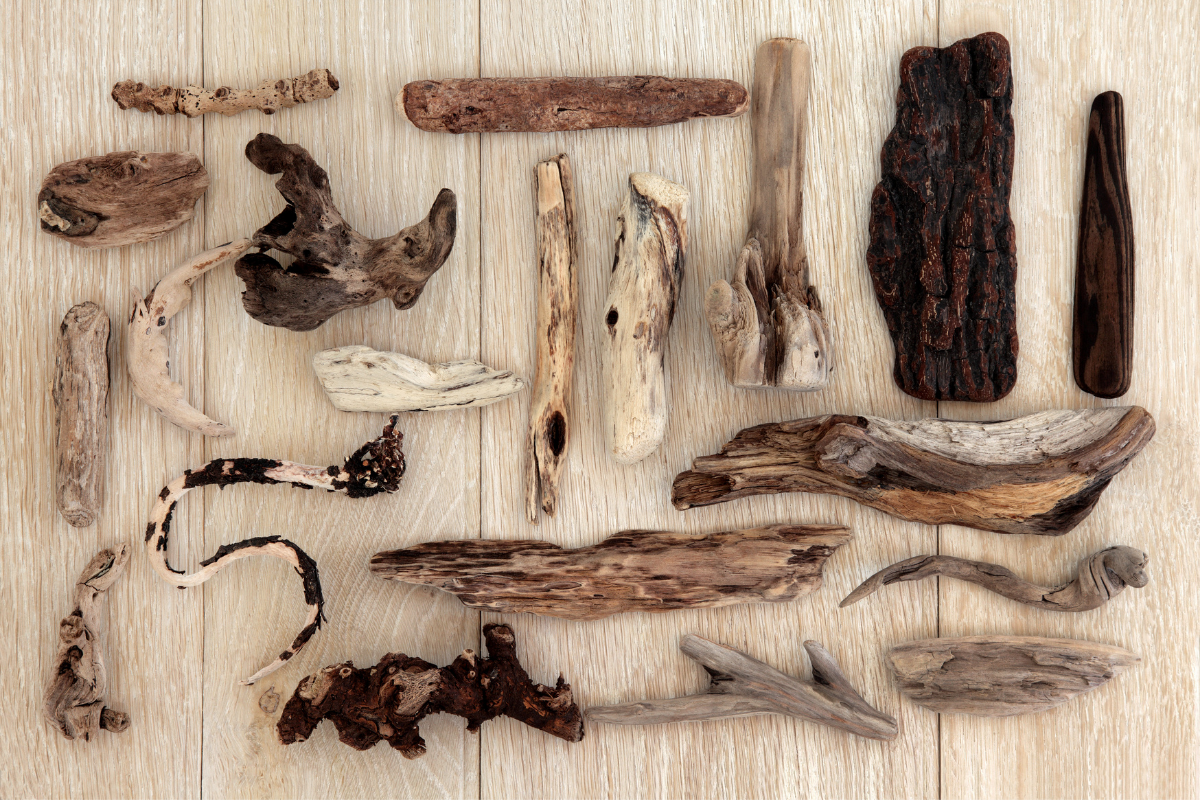Wood burning is a safe hobby when you follow the guidelines and safety precautions.
Too many times I see artists not using a mask and burning their art without any proper ventilation. Although you may not see any side effects from doing this right away, you should be warned that there may be long term effects that can be avoided!! (Among lung and breathing issues, I have heard of people loosing parts of their vision due to prolonged periods of smoke exposure without proper safety gear).
SMOKE IS SMOKE. PERIOD.
It is not good for you to be breathing the fumes in! Or allowing them to go into your eyes and the rest of the house where others are breathing it too.
Please, please, please keep yourself and those around you safe by following the safety precautions set by the wood burning tool manufacturer. Click here to see how you can protect yourself and grab your free safety guide to print and hang on your wall if this helps to remind you to wear a mask.
DID YOU KNOW…
There are many different surfaces, other than wood, that you can burn on. The most common surface for pyrography is wood. But did you know that the materials you are burning on emit different toxins depending on what they are made of. Some are more toxic than others. So for instance, burning on dry, unfinished wood can be safe (with the proper gear) but not all raw wood emits the same toxins. There are wood species that are very dangerous for your health, even if you use all the safety precautions.
RESEARCH YOUR MATERIALS TO UNDERSTAND WHAT TOXIC CHEMICALS MAY BE PRESENT AND WHETHER THOSE CHEMICALS ARE RELEASED WHEN HEAT IS APPLIED.
Common wood types you should never burn on:
Driftwood: Burning salt-saturated driftwood is a bad idea as it can release toxic or harmful chemicals when burned, according to the EPA.
Green wood: This type of wood isn’t a species, it is the state of the wood. meaning it’s not completely dry. Once a tree is cut down, it needs to be seasoned for 6 to 9 months to become completely dry. Burning on this will create a lot of smoke and will take much longer, the process will be even slower than regular pyrography.
Wet, rotted, diseased, or moldy wood
Pressure treated wood, plywood, particle board, chipboard, wood pallets or any wood with glue on or in it: Do not burn on anything man-made. This includes wood that has been stained, sealed or treated with any kind of glues or oils (even if they are natural oils). if you mix your media (like I do with water marbling, adding paint on top or gold foil etc) make sure to wood burn first and then add other mediums.
Craft store wood: Many stores sell wood for crafting with but the majority of the time those wood slices are intended to be embellished with paint, chalk or other mediums and are not meant for pyrography!
Wood with "poison" in the name: Burning poison ivy, poison sumac, poison oak, or pretty much anything else with the word "poison" in it’s name releases the irritant oil urushiol into the smoke. Breathing it in can cause lung irritation and severe allergic respiratory problems, according to the Centres for Disease Control and Prevention.
Exotic woods: Rosewood, teak, ebony, and cocobolo. are exotic woods and many of them contain natural oils or toxins that can be hazardous when burned. They may cause allergic reactions or respiratory issues due to the chemicals naturally present in the wood.
Manchineel Tree: Found in tropical regions, it produces sap that contains highly toxic compounds, such as phorbol esters. Even standing near the smoke from burning manchineel wood can cause severe reactions, including blistering skin, respiratory distress, and potential blindness.
Oleander shrubs: These thrive in frost-free climates and every part of it is toxic. Definitely don’t burn it in any way - don’t even use a branch to toast your marshmallow on.
The yew tree (Taxus baccata) and a related species common to gardeners, Japanese yew (Taxus cuspidata) is known to be one of the most poisonous woody plants in the world, with all components of the tree, excepting the fleshy red part of the berry containing lethal amounts of taxine, a toxic alkaloid found in the yew.
Mexican pepper: Also known as Brazilian pepper wood, it is similar to poison ivy, poison oak and poison sumac, the leaves and bark contain urushiol, a toxic oil that causes serious rashes and allergic reactions.
If you feel any dizziness or headaches coming on while burning, stop and assess your situation. Do some research. I like to use the wood-database.com for a quick look up and do a little more research if I don’t get enough information from there. If you are unsure, reach out to us and just ask.
Know what you are burning on before you burn and stay safe!
Check out our safety guide for overall health and safety suggestions!
And Check out Top Woods To Burn on or join The Burn Club Community for more Pyro Fun!
sources:
https://www.wood-database.com/wood-articles/wood-allergies-and-toxicity/
https://www.goodhousekeeping.com/home/a20705861/kinds-of-wood-not-to-burn/
https://wooddad.com/what-wood-is-toxic-to-burn/
https://homeguides.sfgate.com/burning-oleander-produce-poisonous-smoke-75289.html
https://www.epa.gov/burnwise/best-wood-burning-practices
https://extension.psu.edu/toxicity-of-yew-wood-and-roots
https://www.cdc.gov/niosh/docs/2010-118/default.html

